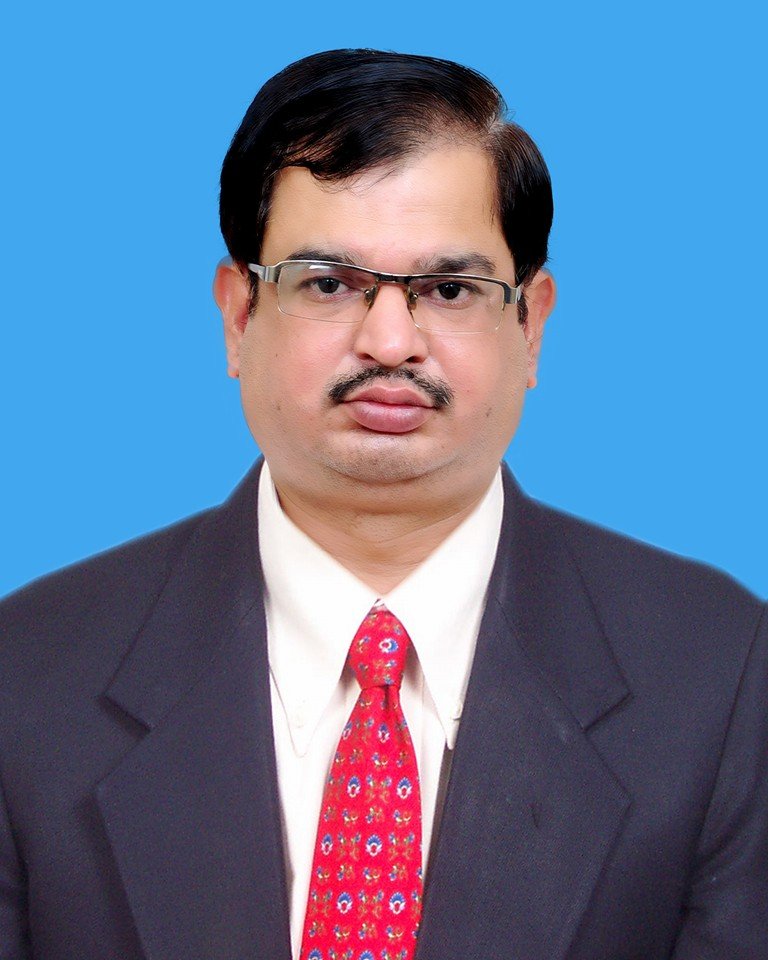![]()
Close on the heels of the Centre’s ‘One Nation, One Ration Card’ and ‘One Nation, One Grid’ initiatives, Prime Minister Narendra Modi on Friday mooted the idea of ‘One Nation, One Police Uniform’ to states and union territories, and urged them to give it a thought, not as an “imposition” but one wrapped with a good intention to give the force a common identity.
Speaking on the second day of the ‘Chintan Shivir of home ministers’ at Surajkund in Haryana, the PM said that having a uniformed attire for police officers across India will not only ensure quality products due to the scale at which it’ll be produced, but also give a common identity to law enforcement as citizens will recognise police personnel anywhere in the country.
“On the lines of ‘One nation, one ration card’, ‘one nation, one mobility card’, ‘one nation, one grid’, we can also think of having ‘one nation, one police uniform’. Yes, there can be different numbers and insignia for the states, but is this something which can be discussed among states and police establishments?” Modi said.
Currently, the British-era Khaki is worn by police across the country, but its colour, fabric and patterns change with every state and UT.
he Bureau of Police Research and Development (BPRD), under the ministry of home affairs (MHA), had designed a new all-weather friendly ‘smart uniform’ for Indian police in 2017 in association with the National Institute of Design (NID) and sent a report to all the states and UTs.
The BPRD developed nine prototypes of the new uniform with features such as shirt, trousers, belt, beret (cap), insignia, shoes and jacket changed, apart from designing new rainwear and headgear for the law enforcers.
Since law and order is a state subject, decisions on uniform and other aspects of policing come under local governments. It is not known if any state adopted the prototypes of BPRD’s smart uniform for the police force.
During the research, BPRD found that “there was no uniformity in police uniform in India.” “While basic fit and shade changed from state to state, there were flaws like thick trouser fabric, which made it inconvenient in warm weather conditions, and not having enough space to carry personal/official objects. The helmets worn by cops are too heavy during a law-and-order situation, the metal belts are too wide and big, which poke in the stomach while bending forward, and has no option to carry cellphones, baton or keys etc., like other police forces over the world,” according to the BPRD ‘Smart Uniform’ report seen by HT.
Another problem the BPRD found was in police officers’ shoes. Leather shoes, according to the report, were found to be very uncomfortable for long duty hours. Also, the Khaki is not identifiable by the public during night and several cops complained that similar Khaki color was used by municipality staffs, private agencies, postmen, fire department personnel, etc., which they argued took away the uniqueness of the police, BPRD said.
The new uniform designed by the bureau and the NID has features like a softer khaki shade (beige) shirt to give the cops a smart and clean look and provide effective visibility of insignias, nameplate, badge, medals, ribbons, and epaulettes on shoulder and a standardised ‘Police’ print on the back.
The PM also urged the police forces to assess their vehicles in light of the new scrappage policy. “Police vehicles should never be old as it is linked to their efficiency,” he said.
Meanwhile, the prime minister on Friday urged states to work together given how ‘borderless’ crimes are these days, and criminals operate from across the borders through technology.
Even though law and order are the responsibility of states as per the Constitution, the PM noted that they are equally linked to the unity and integrity of the country. “Every state should learn from each other, take inspiration from each other, work for the betterment of the country…this is the spirit of the constitution and it is also our responsibility towards citizens,” he said.
Whether it is cybercrime or the use of drones for the smuggling of weapons or drugs, the government needs to keep working towards new technologies to tackle the menace. The law-and-order system can be improved with the help of smart technology,” Modi said, adding that the 5G technology can be of immense help in this area.
“We should have a pan-India outlook, all our best practices should be interoperable and should have a common link,” he said.
Asserting that the Centre repealed close to 1,500 pre-Independence era laws, Modi urged state governments to also repeal local laws that are obsolete.
Further, the PM said “a single instance of fake news has the capability to snowball into a matter of national concern”, as he cited the example of protests across the country when the central government announced reservations in armed forces under the ‘Agniveer scheme’ in June.
We need to educate people on how to analyse and verify any information before forwarding it. We have to come up with technological advancement to prevent the spread of fake news”, he added.
Stressing the need to end all forms of Naxalism, Modi said “be it the one with guns or the one with pens, Naxals have to be uprooted to prevent them from misleading the youth of the country.”
The MHA is holding the two-day conference of home ministers, home secretaries and director generals of police (DGPs) of states and UTs, Central Armed Police Forces (CAPFs) and Central Police Organizations (CPOs) to provide a national perspective to policy formulation on internal security-related matters.






